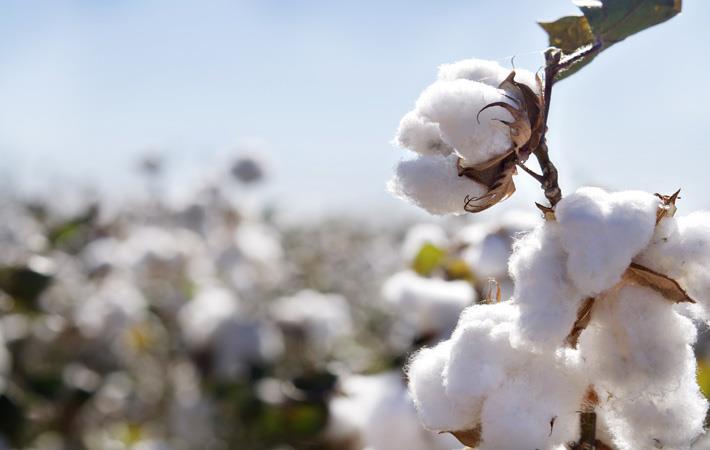US cotton producers will plant 13 million cotton acres this spring, down 5.5 per cent from 2019 (based on USDA’s February 2020 estimate), according to the National Cotton Council’s (NCC) 39th annual early season planting intentions survey. NCC helps industry segments to compete profitably in the raw cotton, oilseeds, and US manufactured products market.
Upland cotton intentions are 12.8 million acres, down 5.6 per cent from 2019, while extra-long staple (ELS) intentions of 224,000 acres represent a 2.7 per cent decline. The survey results were announced at the recently held NCC’s 2020 annual meeting in New Orleans, Louisiana, according to a press release.US cotton producers will plant 13 million cotton acres this spring, down 5.5 per cent from 2019 (based on USDA's February 2020 estimate), according to the National Cotton Council's (NCC) 39th annual early season planting intentions survey. NCC helps industry segments to compete profitably in the raw cotton, oilseeds, and US manufactured products market.#
The NCC questionnaire, mailed in mid-December 2019 to producers across the 17-state Cotton Belt, asked producers for the number of acres devoted to cotton and other crops in 2019 and the acres planned for the coming season. Survey responses were collected through mid-January 2020.
Southeast respondents indicate a 9.3 per cent decrease in the region’s upland area to 2.7 million acres. All states in the Southeast show a decline in acreage. In Alabama, the survey responses indicate a 4.9 per cent decrease in cotton acreage. In Florida, respondents indicated slightly less cotton due to a shift to corn. In Georgia, cotton acreage is expected to decline by 11.9 per cent as growers expect to plant more corn and peanuts. In North Carolina, an 8.4 per cent decline is expected. In South Carolina, cotton acreage is expected to decline by 10.7 per cent while acreage of corn and soybeans is expected in increase. Cotton acreage is expected to decline by 3.6 per cent in Virginia.
Mid-South growers intend to plant 2.2 million acres, a decline of 6.5 per cent from the previous year. Across the region, all states intend to decrease cotton acreage. Arkansas producers intend to plant 3.0 per cent less cotton acreage and increase corn acres. Louisiana producers expect to plant 6.4 per cent less cotton acreage in 2020 and plant more corn and soybeans. In Mississippi, cotton acreage is expected to decrease by 8.9 per cent due to a shift to corn and soybeans. Missouri growers expect to decrease cotton acres by 2.1 per cent and plant more corn. In Tennessee, cotton acreage is expected to decline by 11.8 per cent as land shifts to corn and soybeans.
Southwest growers intend to plant 7.6 million cotton acres, a 3.4 per cent decline. Increases in cotton area are expected in Kansas and Oklahoma, while a decrease is expected in Texas. In Kansas, producers intend to plant 5.1 per cent more cotton acres and reduce corn and soybean acreage. In Oklahoma, a 3.3 per cent increase in cotton acreage is expected. Texas acreage is expected to decline by 4.2 per cent while corn and wheat acreage is expected to increase. Far West producers are expecting to plant 221,000 upland cotton acres – a 20.5 per cent decrease from 2019. Cotton acreage is expected to decrease in Arizona and California and increase slightly in New Mexico.
At current prices, many producers could continue to face difficult economic conditions in 2020. Production costs remain high, and unless producers have good yields, current prices may not be enough to cover all production expenses. NCC delegates were reminded the expectations are a snapshot of intentions based on market conditions at survey time with actual plantings influenced by changing market conditions/weather.
Fibre2Fashion News Desk (GK)
